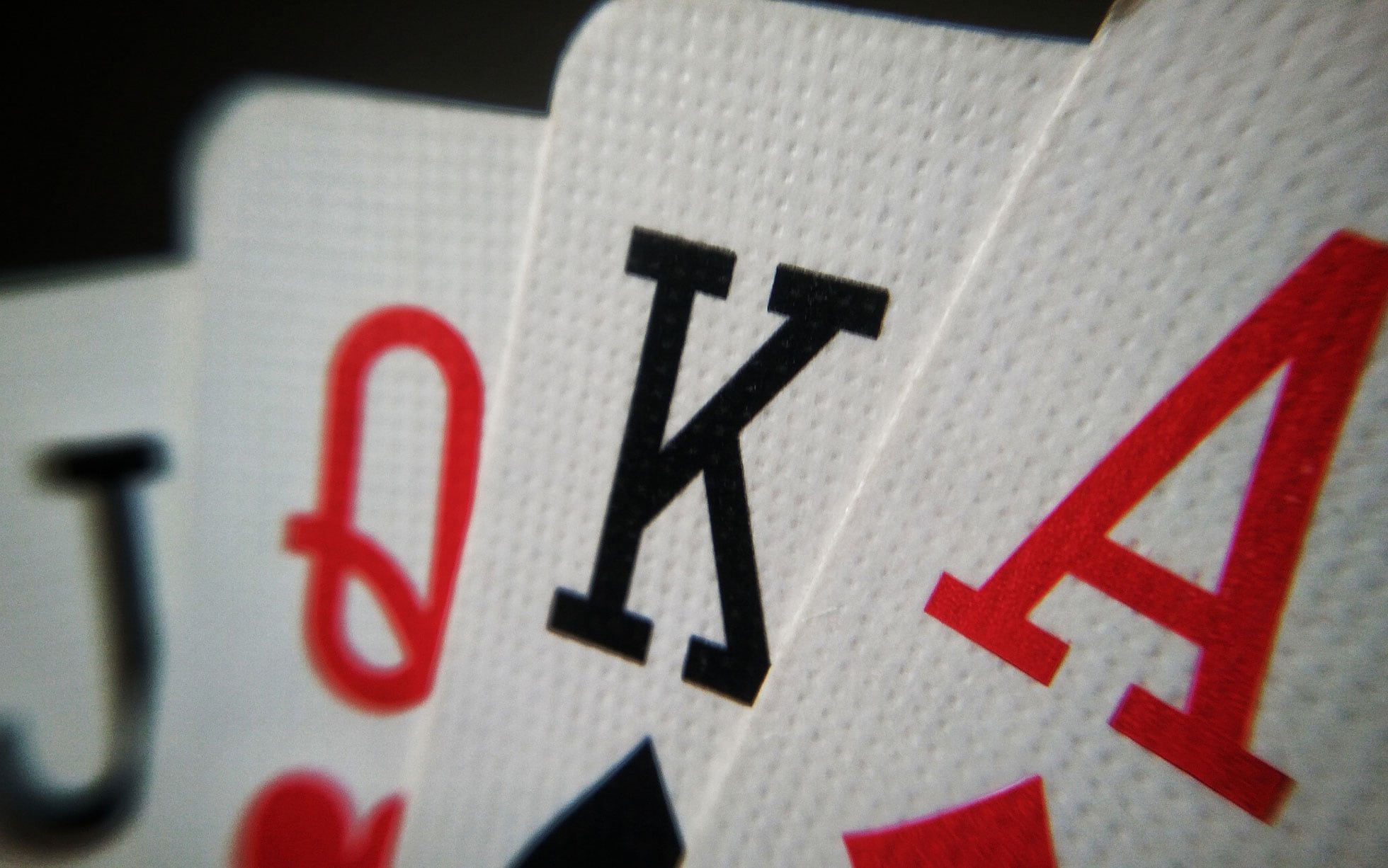
In a typical game of poker, each player has a turn to deal the cards in a rotation. The cards are dealt face up until a jack appears. Once the jack is dealt, the player who receives it becomes the dealer for the rest of the game. In addition, the turn to bet and deal passes from player to player. The dealer also has the right to shuffle the cards but is not required to do so. If he chooses to shuffle the deck, he must also offer the shuffled pack to his or her opponent for the cut.
All-in poker
When you’re in a poker game and you want to go all-in, you need to consider the risks and reward. An all-in move can fool opponents, so you need to be very careful. The best time to go all-in is when your stack is about ten times larger than the big blind. This can reduce the risk of losing your entire stack.
First, it’s important to know your opponents. If you’ve played poker for a while, you’ll be able to read their facial expressions and know whether they’re bluffing or not. If you’re playing for the first time, pay attention to their behavior and make a decision accordingly. If you think too much before betting, you’ll end up bluffing more than you should.
Limits in pot-limit contests
Limits in pot-limit contests dictate how much each player can bet and raise. Typically, each player must bet a certain amount before raising, but in some cases, a player can bet less than the minimum amount and still raise. In addition, the amount of chips each player is allowed to raise can be adjusted depending on how much they have left to bet.
Limits in pot-limit contests are a key element to poker strategy. The amount of chips a player is allowed to raise and fold is a crucial factor in determining the odds of the game. As a result, limits are a good way to ensure that a player is not betting too much and losing a large pot. Many poker sites allow players to buy insurance to protect their investment against losing a large pot. Insurance payouts usually range from 20 to 50 percent of the pot’s value.
Check-raise
A check-raise in poker is a common deceptive poker strategy. It involves a player who checks in the hopes that someone else will open the betting round. The player then raises the same round. The purpose of a check-raise is to deceive the other players by claiming that they have nothing to offer.
A check-raise is most effective when used against a single opponent. Too many opponents will result in too many variables for one player to consider. This type of strategy requires the player to have a strong read on his opponent’s hand. If the opponent has the nuts, he is unlikely to fold.
Backdoor flush
A backdoor flush in poker is the best possible hand that is possible in a single handed game. However, it is not always possible to make such a hand. If you are able to make this hand, you can take advantage of many situations where you would not otherwise have the opportunity to win. To make this kind of hand, you have to be very careful about what you are doing.
A backdoor flush is a very rare poker hand but it can be very beneficial if you know the strategy. It typically occurs in the second or third hand. The first step towards developing a good backdoor flush strategy is to learn the basic rules of the game. This will help you to understand the betting phases, limits, and how to tie hands.
Kitty
Kitty is a well-known Taiwanese poker player and one of Asia’s top female players. She has won more than $2.6 million in lifetime earnings and has been a Natural8 Ambassador since 2016. Her career highlights include winning the 2010 WSOP Circuit and the 2021 Asia Poker Tour Main Event. Kitty has become one of poker’s most colorful characters, entertaining legions of fans and competing in tournaments throughout the world.
Interestingly, the phrase “Kitty is a poker player” likely derives from the word “kit.” Kitty is a term commonly used to refer to a container for poker implements and funds.